In the heart of the central Lake District, Rydal is easy to overlook en route to its more popular and well-known neighbours of Ambleside and Grasmere.
From looking for caves and waterfalls to an unusual woodland sculpture trail, Rydal is an underrated hidden gem and one of my favourite spots in the Lake District.
I’m lucky enough to live north of Ambleside, and I usually visit Rydal at least once a week either to walk, run or go for a dip – I definitely recommend adding Rydal to your next Lake District trip!
Here are my top things to do in Rydal…..
1. Explore Rydal Caves


One of the most popular things to do in Rydal is visiting Rydal Caves, perched on the hillside above Rydal Water. The caves are the result of slate mine quarrying from over 200 years ago.
Access to the caves is via a short (signposted) walk over uneven ground (either from the Rydal or from the south from White Moss Woods) and includes hopping over stepping stones to enter the cave (in autumn/winter, sometimes the water leading into the cave can be quite high).
You can find more detailed directions on the Rydal Cave walk here.
The cave was also used as a filming location for the popular Netflix series The Witcher in 2020.
2. Take a dip, paddle or admire Rydal Water

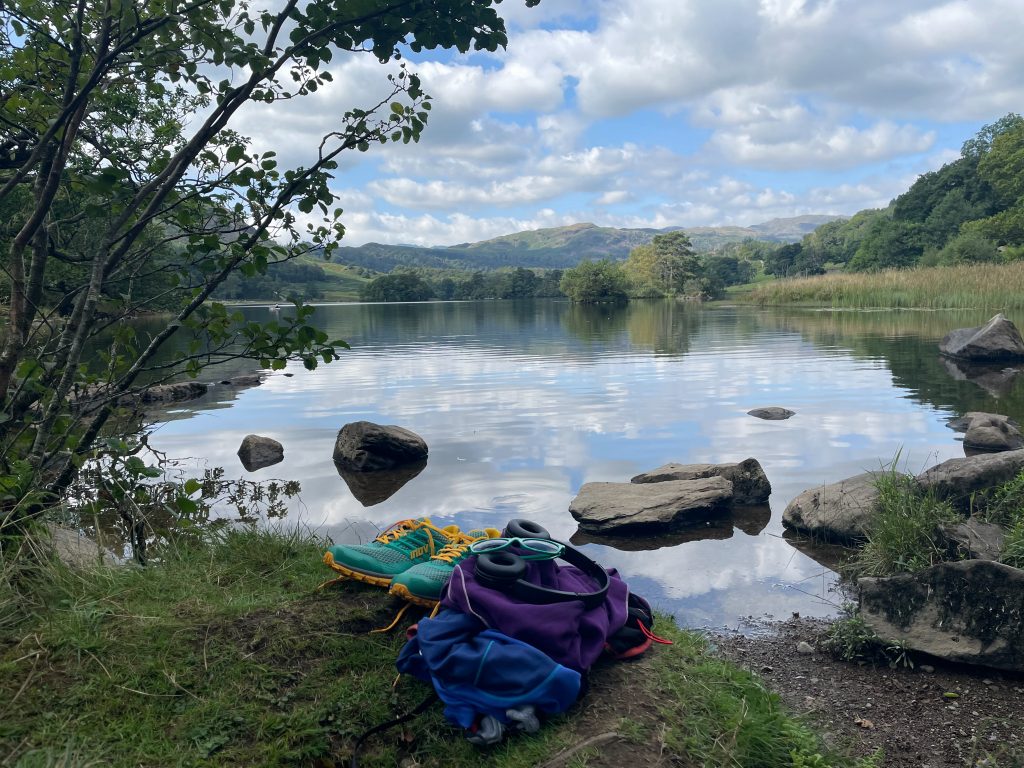
Rydal Water is one of the smallest lakes in the Lake District, which means the water can often be ‘warmer’ (but still quite chilly!) than many of the larger lakes in the area. This makes it a great spot for a swim or a paddle.
The old oak tree at the lake’s southern end makes a perfect spot for a wild swim or carry on further to find stony beach shores, perfect for summer picnics or lazy summer evenings.
3. Take woodland walk in White Moss Woods



At the northern tip of Rydal Water, White Moss Woods is a great spot for a stroll or a starting point for a longer walk towards Rydal or lower and higher paths that lead to Grasmere. In springtime, you can find lots of bluebells, and in autumn, a beautiful display of autumn colours.
Before the woodlands is also a lovely flat path which follows the River Rothay, with picnic benches and often a mobile coffee stand, plus plenty of parking and public toilets (the only ones in the Rydal area).
4. Walk the Old Coffin Route to Grasmere


One of my favourite walks from Rydal is along the old Coffin Route, which linked Ambleside and Grasmere. The path is so-called due to Grasmere being the only consecrated church in the area, and the bodies would have to be carried on this route to be buried in Grasmere.
Thankfully, the route is somewhat less haunted now! The path starts near the main entrance of Rydal Hall and hugs the hillside under the nearby hill Nab Scar, affording stunning views of Rydal Water. The path is fairly undulating and slightly uneven underfoot, so good footwear is recommended.
You can find more details on the Coffin Route walk here.
5. Explore the Woodland Sculpture Trail



Created by various artists over the years, the textile sculpture trail is set behind the Old School Tea Room in the grounds of Rydal Hall.
The sculptures are primarily made from recycled and natural materials from stone, wood, metal and textiles designed to age and weather naturally over time. You might even find a little cuddly surprise nestled into one of the sculptures!
The trail also features an old ice house that was used by residents at Rydal Hall as a refrigerator for storing food over the winter.
The sculpture trail is free to explore – find out more about the trail here.
6. Visit the Grot and Rydal Falls


One of the most iconic places in Rydal, the Grade II-listed Grot and Rydal Falls also sit within the grounds of Rydal Hall and are a must-visit spot.
The Grot was built in 1668 by Sir Daniel Fleming to provide a perfect spot to frame and enjoy the views of Rydal Falls. Note that The Grot is only open during the daytime (and can get a little busy) and can be accessed by the path through The Quiet Garden and under the stone bridge.
Sitting and watching the waterfall cascade down, it’s easy to see how William Wordsworth was inspired by the spot which featured in his poem, ‘An Evening Walk’.
7. Explore the peaceful Thomas Mason Gardens in the grounds of Rydal Hall



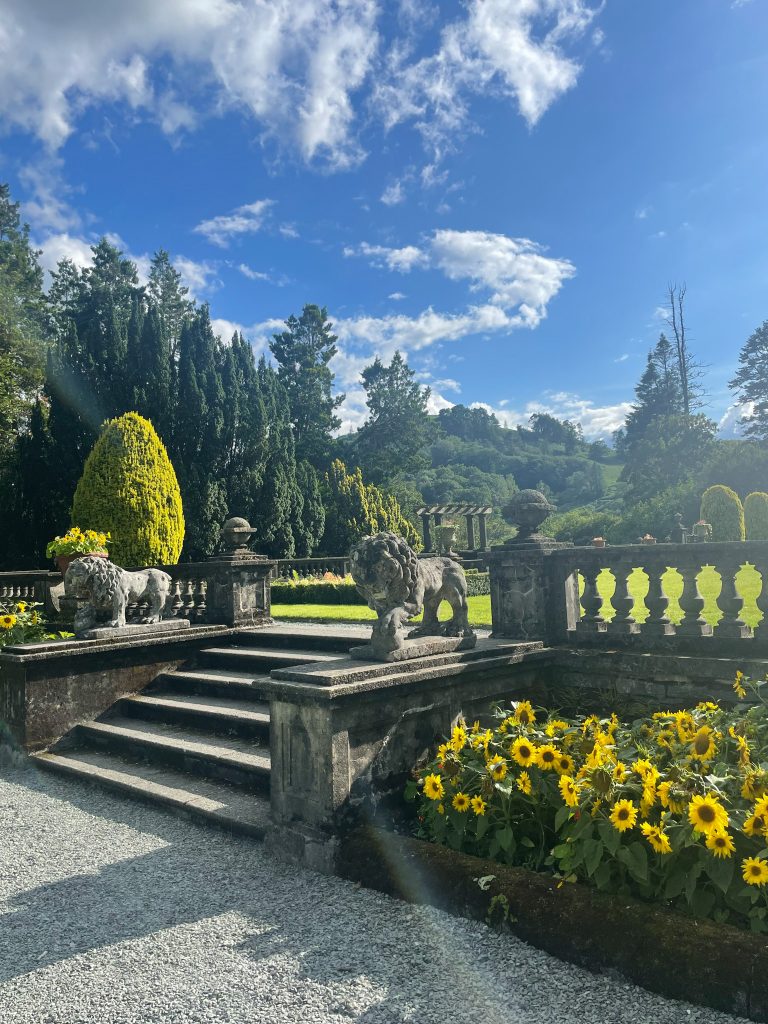
Designed and built by renowned landscape architect Thomas Mawson, the formal gardens are a fine example of an Arts and Crafts inspired design in an outdoor setting. Each spring the garden bursts into life from the early tulips to sunflowers and dahlias in the height of summer.
Set in the heart of the garden is also a stone water fountain. Take a moment to pause, reflect and admire the views from one of the many benches dotted around the garden.
8. Relax with tea and cake at the Old School Room Tea Shop

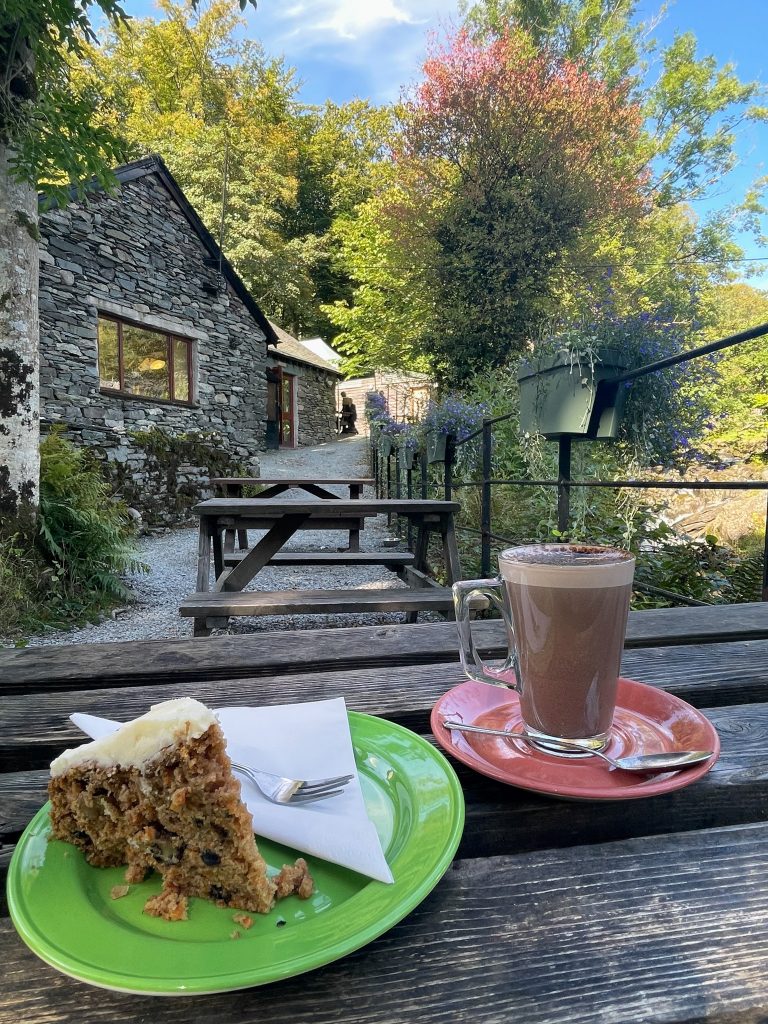
Sir Daniel Fleming built the original building as a schoolroom for his sons. The Old School Room has now been converted into a lovely tea shop, serving hot and cold drinks, soups, sandwiches and a range of delicious homemade cakes.
When the weather is fine and dry, you can also sit outside and enjoy the views of Rydal Beck that comes tumbling down next to the cafe.
9. Climb Nab Scar and admire the panoramic views across the Lake District

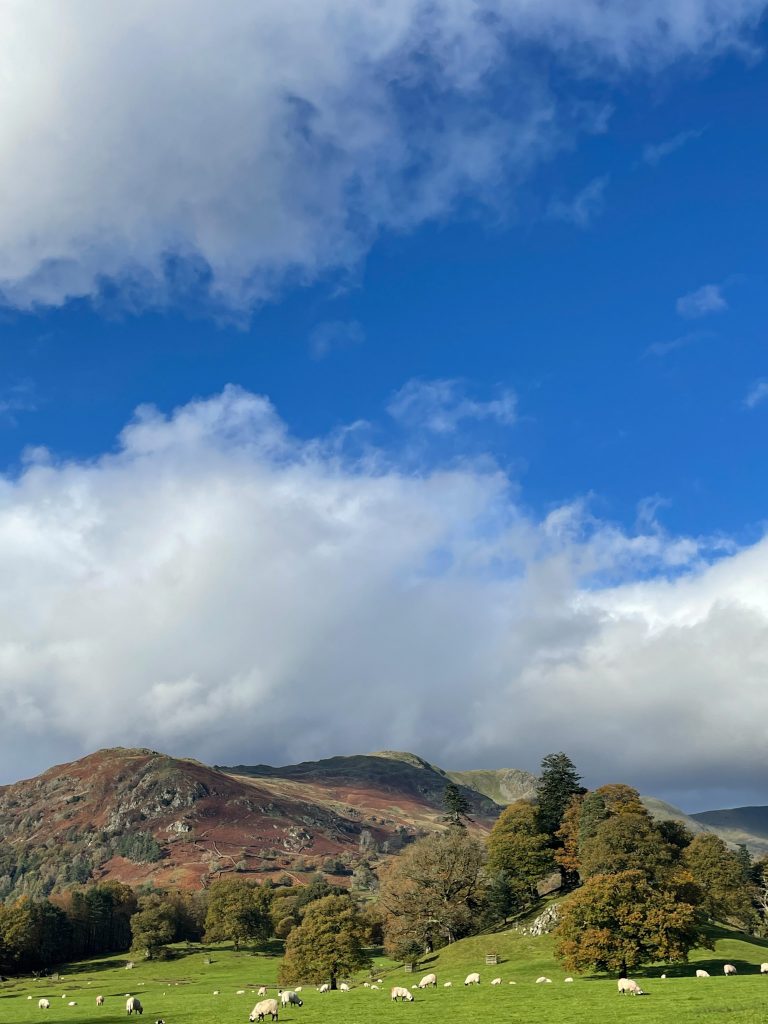

Set on the eastern shores of Rydal Water, and dominating the skyline if you walk to Rydal from Ambleside is the cornical shaped hill of Nab Scar. The steep, stepped path begins from just beind Rydal Hall where you will be rewarded with spectular views of the central and southern Lake District and out towards the sea on clear days.
From the summit of Nab Scar, there are also a number of walk options – for a shorter route, descend towards Alcock Tarn and finish your walk in Grasmere.
For a longer, iconic walk, Nab Scar is the first (or last) hill of the famous Fairfield Horseshoe that includes 8 hill summits on the 10.2 mile horseshoe walk that you can start from either Ambleside or Rydal.
10. Find a moment of calm in Dora’s Field

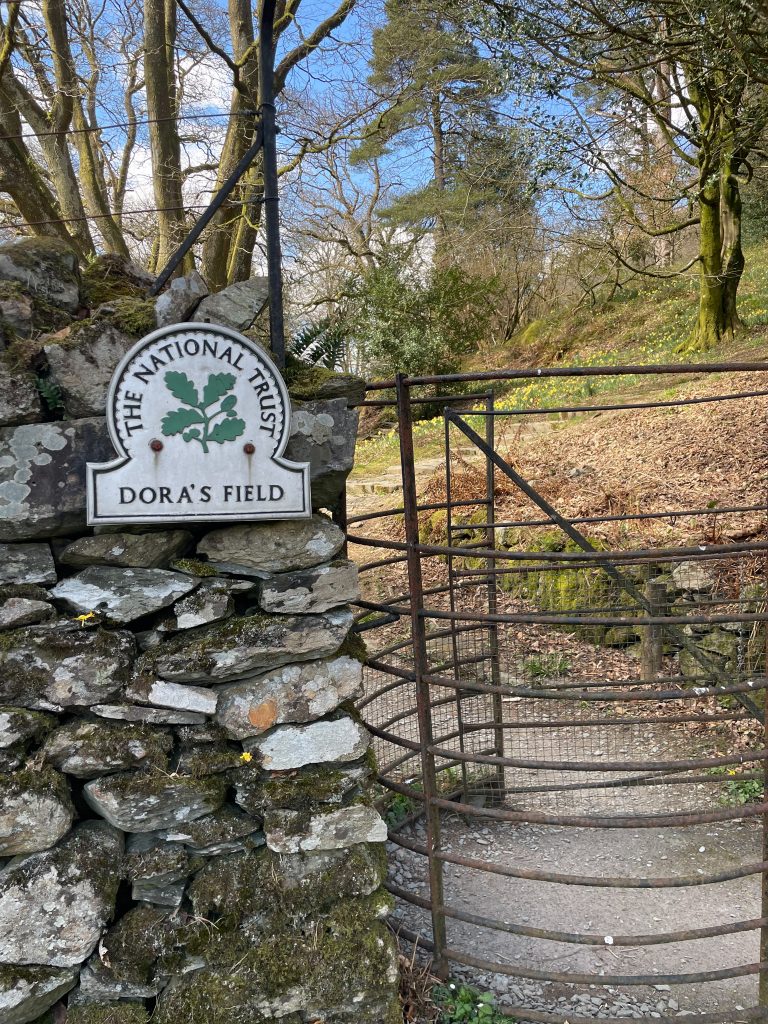

Tucked away between the parish church and the Glenrothay Hotel and Badger Bar in the heart of Rydal, Dora’s Field is easy to miss.
Every springtime, the fields burst into life with wild daffodils first followed by delicate bluebells. Rambling stone steps and iron benches where you can pause to take in the views give it a real ‘secret garden’ feeling.
The fields are named after William Wordsworth’s daughter Dora. who sadly died of TB in her 40’s. Wordsworth planted the daffodils in Dora’s memory and it remains a place of peace and tranquility, even today.
You can read more about Dora’s Field in an article I wrote for The Bath House here.
Find more ideas for things to do in the Lake District here
10 of the best small hills to climb in the Lake District
12 of the best cafes in the Lake District
Windermere by boat: cruising from Ambleside to Lakeside
Join my monthly Letters from the Lake District newsletter
Each month, I share…
✨A mini letter from me with monthly insights into living in the Lake District
✨ Books, podcasts, essays and articles from the Lake District and outdoor community to inspire you

Leave a Reply